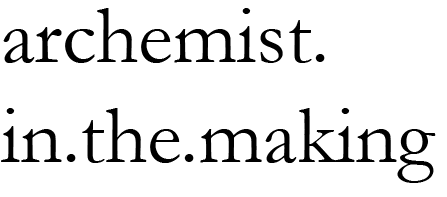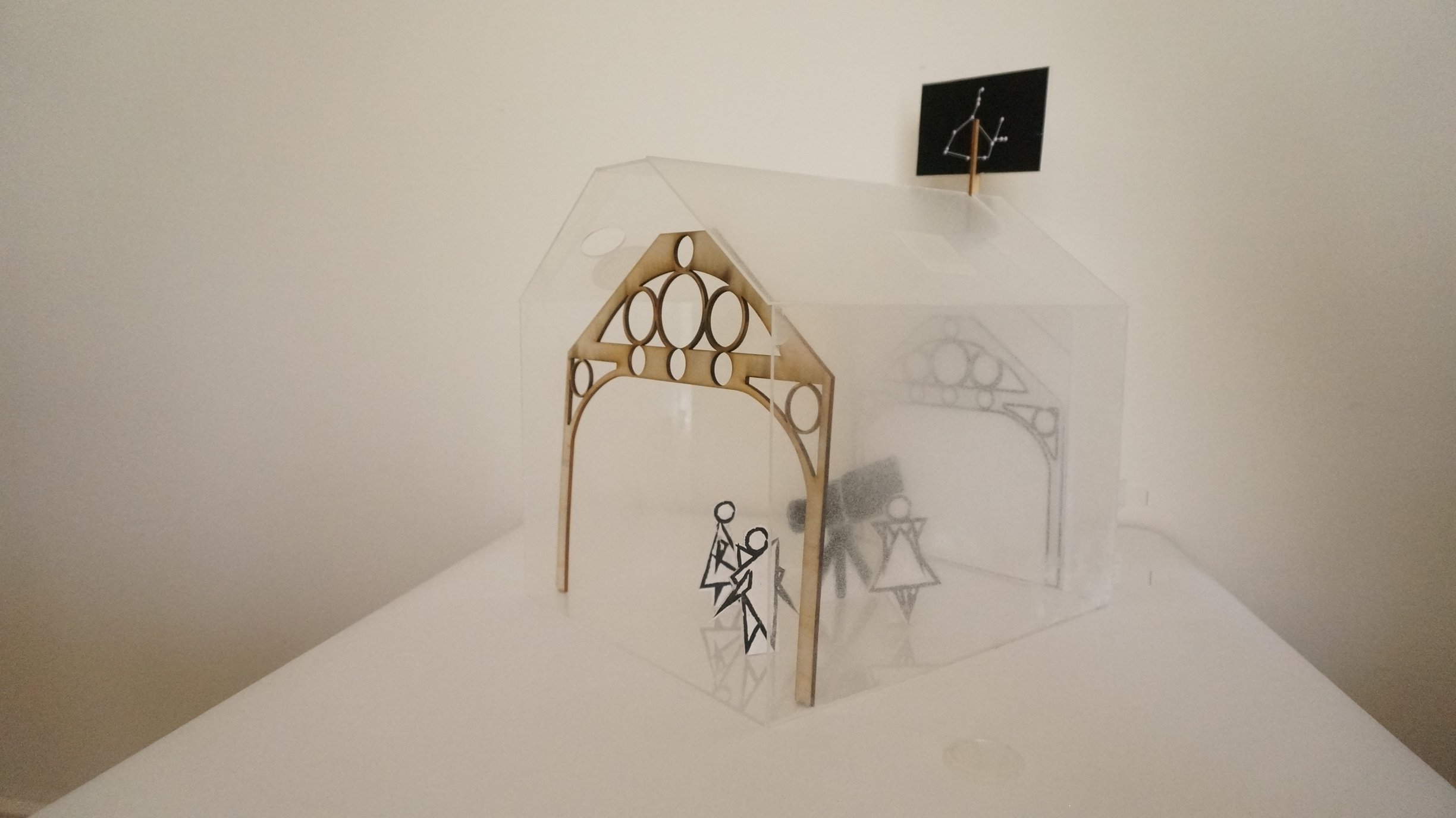It took me nearly four years to finally grasp that feeling of wanting to design something for myself – where the direction, while guided and navigated by my peers, but towards the end came into fruition of something that I believe in.
Looking back at my architectural education – it felt like majority of my work was predominantly shaped by a combination of envy and the desire to feel validated for my design. A deep level of insecurity was sparked from jumping into another world without being aware of the lingo nor the terminologies others have been equipped with already. For me, coming from a school that prioritised final grades for reputation – it seemed like the only solution for me to understand or adjust to each semester was designing through the lens of my tutor.
Read MoreThe stereotype of landscape architecture often can be confused with urban planning due to the broad concept of ‘landscape’ itself. While there can be some level of residential garden design involved in landscape architecture (most common spaces such as shared courtyards, rooftop gardens, townhouse neighbourhood garden designs), we usually design for the public realm at a multitude of scales (from urban street parks to rejuvenating degraded landscapes). To summarise, the role of a landscape architect begins in “creating spaces within our natural and built environments that respect and enhance our interaction with landscape.” (Kombol 2015, 8) The study of landscape architecture teaches the necessary skills that influence the foundation and analysis of each project design.
Read MoreThis morning, I came across Dezeen’s article on Wallgren Arkitekter and BOX Bygg’s upcoming Grasshopper plugin Finch - a “parametric tool that generates adaptive plans”. Finch essentially is a plugin that, by inputting information about the size of land coupled with building regulations, it will be able to generate a range of generic plans. This is quite exciting for many of us, considering that should we study hard on the standard building codes and restrictions, it will give us time to understand and practice the means to create a habitable design. This is also beneficial in terms of research, given that if we input codes from different generations, we are then able to make immediate comparisons on the evolution of housing designs in accordance to the types of regulations that they have been coded with.
Read MoreI'm sure many avid Dezeen readers, architecture colleagues and my friends are aware of the hot topic that has exploded recently. After the news of Junya Ishigami's recently commissioned Serpentine Pavilion, where he is obligated to pay those who are involved with the project due to his unpaid internships. The news was immediately followed by another article condemning firms that provide unpaid internship shouldn't be commissioned by high profile galleries.
Read MoreAfter fours years of studying architecture, it was the first time a tutor challenged my architectural beliefs. At that point I never really thought of the implications honestly, I used to believe that as an architecture student, so long as we have good contextual and background knowledge and attention to detail, we should be able to produce an infrastructure that would serve a good purpose.
Read MoreWe’ve reached the semi end goal.
Penultimate that is. And believe me – it was pretty fun trying to present ourselves like a commercial, albeit – it was quite cringe worthy when I was listening to my own voice on the television (after all, nobody likes to hear their recorded voice). There were a lot of discussion about our project on whether it was viable in comparison to just simply building a house in your own yard and renting it out, and it made us really consider our arguments on the reason why our project would be more successful in comparison to others, let alone be better than others.
Read MoreThis semester I have taken on an elective that requires putting your own personal spin to hand drawings. From designing interventions for a specific group of people to creating wearable architecture out of party supplies to designing a facade, it was rather cathartic to apply my own personality to these drawings (I also forgotten how much I missed hand drawing). But it was onto our third assignment when my friend and I were discussing about how we have to present our drawings that she said something that struck me.
Read MoreThis year, I was thrown into a world of political conflicts in the architecture field. It was a very brief glimpse of what it was like to be working in the midst of it. From event organisation to attending meetings of different committees, as if it was not obvious from the very beginning, there lives a huge political agenda behind each section of the faculty. Whether it’d be who would be running the studios to what projects can go through, or who can be part of the party the circle can become a toxic bubble - let alone those who have come across it can already become part of the degrading situation.
Read MoreI sat back in a daze when our lecturer for art history explained to the crowd of half awake students that women were subjects of the gaze, the muses and the inspiration for a lot of the artists and architects that are well known today. To simply put, we were the embodiment of a walking entertainment.
Read MoreAh languages. I always have fun teasing my friends and my father in particular when I start combining Cantonese, Mandarin, Japanese and English in a conversation (this happens too when I become stressed or alone). It becomes more entertaining for me when to my dismay, I unconsciously start talking about the buildings surrounding me, which to some of my family and friends, I am speaking another foreign language to them again.
Read More


